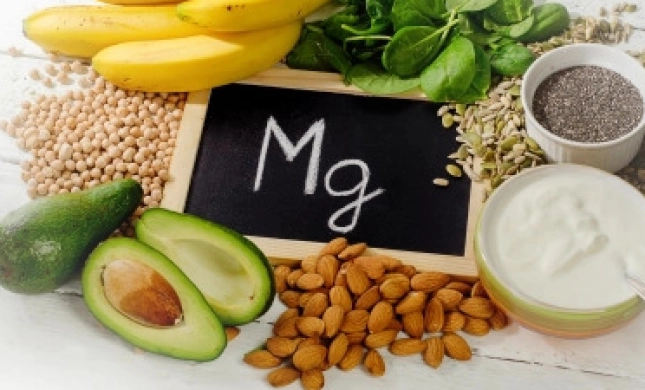MENSTRUAL PAIN, PREMENSTRUAL SYNDROME
Menstrual Pain
Menstrual pain, also known as dysmenorrhea, is pain that occurs during menstruation and is so severe that it affects your daily life. Menstrual pain is most commonly seen in younger women between the ages of 12-24. Around the age of 30, menstrual pain often decreases. The pain is caused by prostaglandins, a substance that is present in high concentrations during menstrual pain. Prostaglandins cause the uterus to contract, make the nerves in the uterus more sensitive, and reduce blood flow to the uterus. All of this contributes to the intense pain.
Premenstrual Syndrome
Premenstrual syndrome is also known by its abbreviation PMS. People with PMS experience both physical and psychological symptoms that occur during the menstrual cycle. Often, people with PMS experience symptoms in the third week of the cycle, which then disappear with menstruation. Women between the ages of 35 and 45 generally experience the most severe symptoms of PMS. The exact cause of PMS is unknown, but it is believed that hormones play a role. Symptoms of PMS can include painful breasts, bloating, irritability, mood swings, depression, or aggression.



